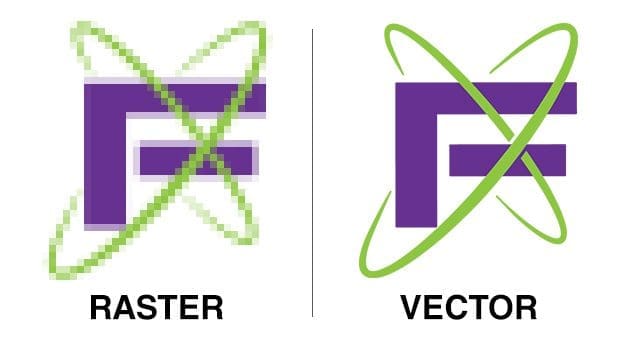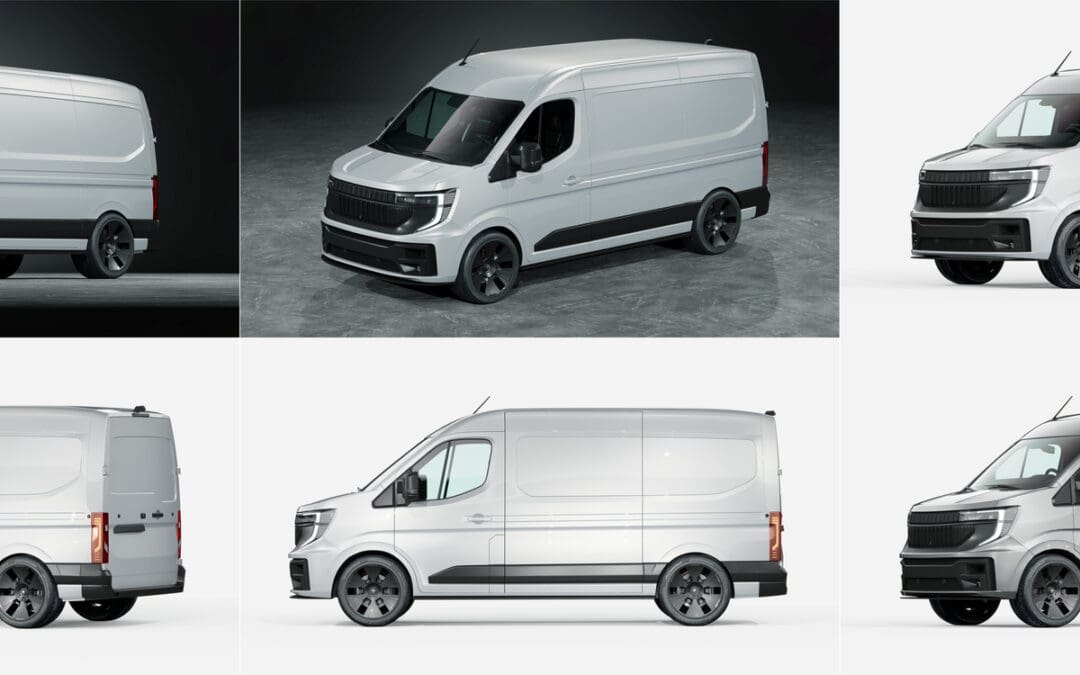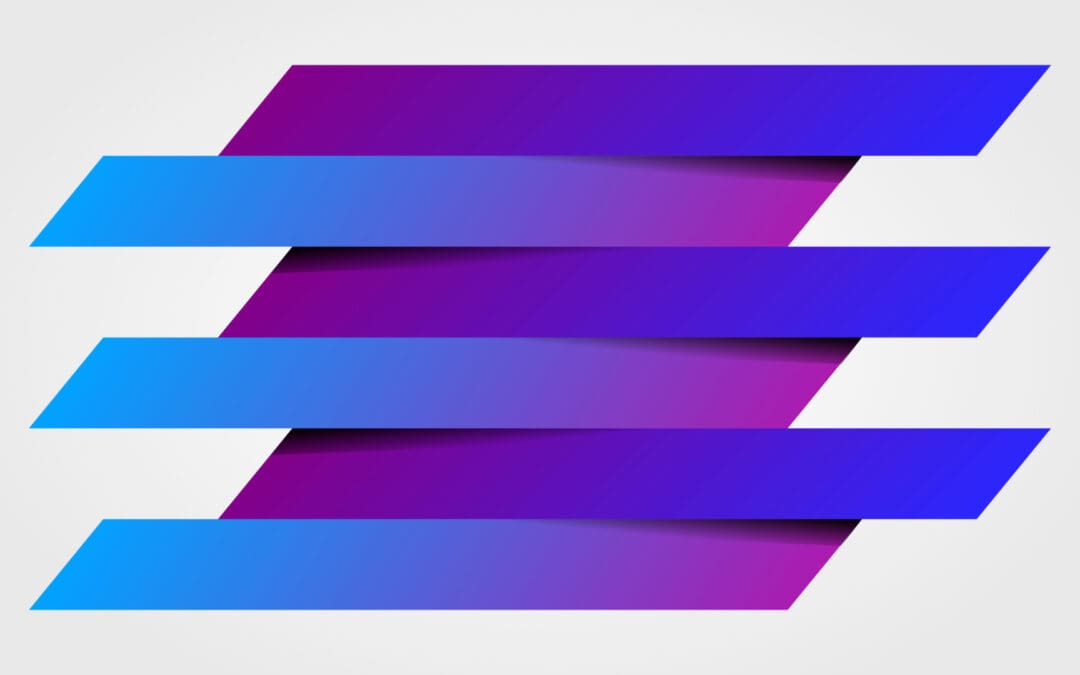Raster and Vector artwork is that which is computer, or digitally, based and often utilized by photographs, as well as graphic designers. Both are quite common. However, there are differences between the two and one type may work for a certain project and not another, so paying attention to these differences is key in deciding which type of file should be used.
The major difference between raster and vector artwork is image integrity. Raster art loses its integrity as the image is enlarged, while vector art can be adjusted to any size without decreasing quality. The reason for this difference is that raster art is pixel-based and consists of an image created from horizontal or vertical lines, while vector art, which is more intricate, is created by complex, mathematical lines and curves. In general, raster artwork is any file with the following extensions: .psd, .tif, .jpg, .gif, and .bmp. Vector art is any of the following file types: .ai, .eps, .ps, .indd, .pdf, and .cdr.

Photographs are pixel, or raster, based. This is why one must acquire a high-resolution image if he or she wishes for the photograph to be enlarged for a particular project and still maintain its quality. The minimum “dots per inch”, or DPI, in which a photograph must be rendered in order for the image to be of high quality, especially in transferring, is 200. Typically, low-resolution photographs are given to a client, for example, instead of high-resolution vector files, when the creator wishes for the client to pay for higher quality. If the images do not need to be resized, raster art will suffice, but Vector Artwork is usually preferred because it can be easily manipulated and still hold its integrity.
Vector artwork is used in more complex projects, such as in logo design, illustrations, or 3D animation. In print, vector graphics are composed of clean, well-defined edges and lines. Even very small fonts are legible when utilizing these files. Vector files are often requested for advertising and marketing campaigns and are used by silk-screeners to transfer images onto products, such as t-shirts or other fabrics. Raster art, on the other hand, is less discernable when images are resized, but can suffice if a more intricate design is not needed (i.e., a thumbnail photo to use as an example in a portfolio) or a less clear-cut image is preferred (i.e., in an abstract painting). Certain supplies that have company logos or contact information stamped on them can be made less expensively using raster art. For example, a company may wish to advertise its logo on a pen and can get away with using a lower resolution option because of the size of the instrument.
One way of comparing the two is simply by viewing raster art like that created by painting, while Vector Artwork is created by drawing. A painting will have softer, less defined lines than a drawing. Colors can be blended or left separated in a painting. Drawing, on the other hand, is similar to building a project with different puzzle pieces, all of one set color each. The pieces are placed one on top of the other until a final product emerges. The colors cannot be combined or separated, and each is uniquely distinct.
If one is to open Microsoft Paint and look at the color palette, each of the colors is displayed gradually blending in with one another rather than with a hard definition between each. The palette is much like a painter’s palette with a spectrum of warm and cold colors. Artists wishing to depict the colors of a sunset, for example, by blending the different shades of red, orange, and yellow to make the piece visually appealing will choose to do so using raster art. If creating a landscape of a busy city block, where each building needs to be uniquely separated from the one next to it, and the street lines and stop signs also need to stand out, a vector program will better serve the artist.
Engravers use Vector Artwork because an object’s outline needs to be clear and distinct to serve as a guide for the remainder of the finished piece. Photographs should be retained as raster files, however, rather than be manipulated into vector-realistic images, because in doing so, a photograph will actually lose its visual integrity. Since the type of art is fundamentally different, it’s difficult for a vector program to maintain the more realistic soft lines between an object’s multitude of colors. The photo will look closer to the actual image it depicts when left in its original format.






